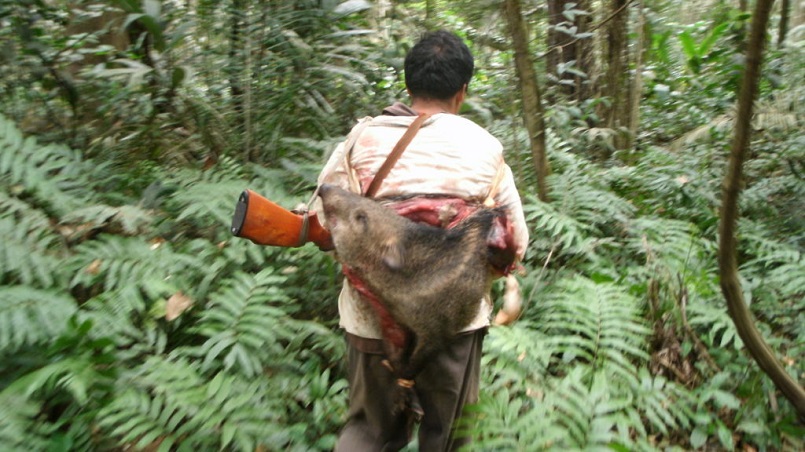
The corpse was discovered under a heap of desert sand and fallen rock at the base of a cliff.
She was, it turned out, a 3,500-year-old Egyptian princess, her mummified skin leathery brown, her coffin over 10 feet long and lavishly carved.
But when researchers slid Princess Ahmose Meryet-Amon’s body into a CT scanner, they found, at least in one respect, she was not so different from some 92 million un-royal Americans: Her arteries were hardened and blocked by plaque. The researchers also examined the shriveled blood vessels of over 100 other mummies from Egypt, Peru, the American Southwest, and the Aleutian Islands — and found similar signs of cardiovascular disease.
Maybe these illnesses — scourges of the 20th and 21st centuries, linked to desk jobs and drive-throughs and other sedentary conveniences — were actually just “fundamental to human aging,” as the researchers suggested in a 2014 paper.
To investigate, the mummy researchers teamed up with some scientists studying a contemporary pre-industrial population called the Tsimane (pronounced chee-MAH-nay), who spend their days hunting, fishing, foraging, and farming in the lowland jungle of Bolivia.
And what they saw were the lowest levels of atherosclerosis ever recorded, as they reported in a study, published Friday in the Lancet.
The researchers had been in these Tsimane villages since 2002, passing by every 18 months to collect data and provide medical services.
“We either create our own clinic with tarps and cloth walls, or utilize the schools or some other huts that they might have available to give us,” said University of New Mexico anthropologist Hillard Kaplan, the first author of the paper, and co-director of the Tsimane Health and Life History Project.
But CT machines aren’t exactly easy to cart from one remote village to another, either by river or by logging road. Instead, the researchers radioed ahead, saying that those who were interested in participating should come out to the riverbank at a certain time, to be picked up in the researchers’ boat. Then, the convoy continued up the river, to the nearest city of Trinidad. For many of the 705 participants, it was their first time there.
Everything was planned: The participating Tsimane would be put up and fed at a Catholic mission, they would each be scanned by a team of cardiologists at the local hospital, and each one would see whatever other medical specialists their health problems demanded.
For the Tsimane, the interest was two-fold, the authors said. They’ve had a longstanding relationship with researchers, and trust has been built up. But the hospital trip was also tempting.
“You’ve had very little access to medical care; it’s likely that you have a number of issues that need treatment by a specialist,” said Benjamin Trumble, an anthropologist at Arizona State University.
For the researchers, the primary goal was to measure the calcium deposits in their arteries with a CT scanner.
“The more calcium in general, the more underlying atherosclerosis there is. And coronary calcium scanning has been shown to be the single best predictor of a heart attack,” explained Nathan Wong, director of the University of California, Irvine’s Heart Disease Prevention Program, who was not involved in the study.
The researchers watched as the calcium in the participant’s bodies appeared. The bones showed up bright white — but they saw very little calcified plaque in the arteries. In the end, they found that 85 percent of those scanned had no signs of coronary calcium whatsoever.
Even among the 48 Tsimane participants who were 75 or older, 65 percent showed no hints of atherosclerosis, while only 8 percent had more than a moderate increase in calcium deposits.
For Americans in the same age group, those scores are roughly flipped: 19 percent show no signs of atherosclerosis at all, while 51 percent have calcium deposits that are classified as moderate, or worse.
To many, the most surprising thing is not that the Tsimane have healthy coronaries — after all, on average, they spend over eight hours on a single hunt, crossing some 11 miles of thick-vined forest to shoot monkey, tapir, bird, and capybara — but that they survive into their 80s at all.
“This is a confusion that most people have about life expectancy,” said Kaplan. “When you have a life expectancy of 35, it’s usually due to the fact that so many babies are dying.”
Since he began working with them and since the team has been providing medical care, the Tsimane’s life expectancy has been creeping up: it was 42 in 1990, Kaplan said, but is around 52 today. If people live past 15, though, they are likely to live into old age — and to do so without much atherosclerosis.
They have other health problems, though. Tuberculosis rates are through the roof, and during this study, the CT scans revealed that even more participants than expected had holes in their lungs eaten away by the bacteria. About 70 percent of them have intestinal parasites, such as hookworm, said Kaplan. Fungal infections, pneumonia, and vaginal prolapses are also common.
But those Tsimane who survive into old age seem to contradict the conclusion suggested by the atherosclerotic mummies.
Cardiovascular disease can be potentially staved off, their arteries are telling us, if you keep a certain pre-industrial diet and spend most of your day exercising.
“As a country, if we’re to make a dramatic difference in reducing cardiovascular disease rates, we have to get the population to follow a healthier lifestyle,” said Wong. “Perhaps the extreme that we see in this Bolivian hunter-gatherer population, maybe that’s not practical for all Americans. But we should move in that direction.”
Capybara, here we come.
